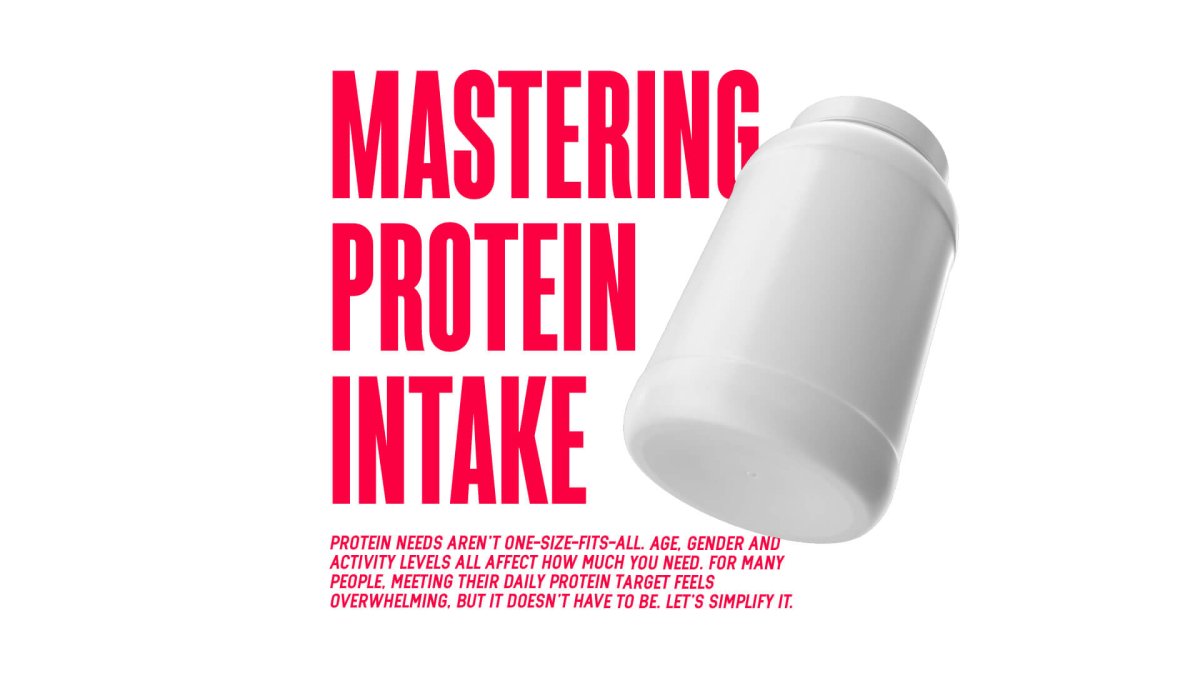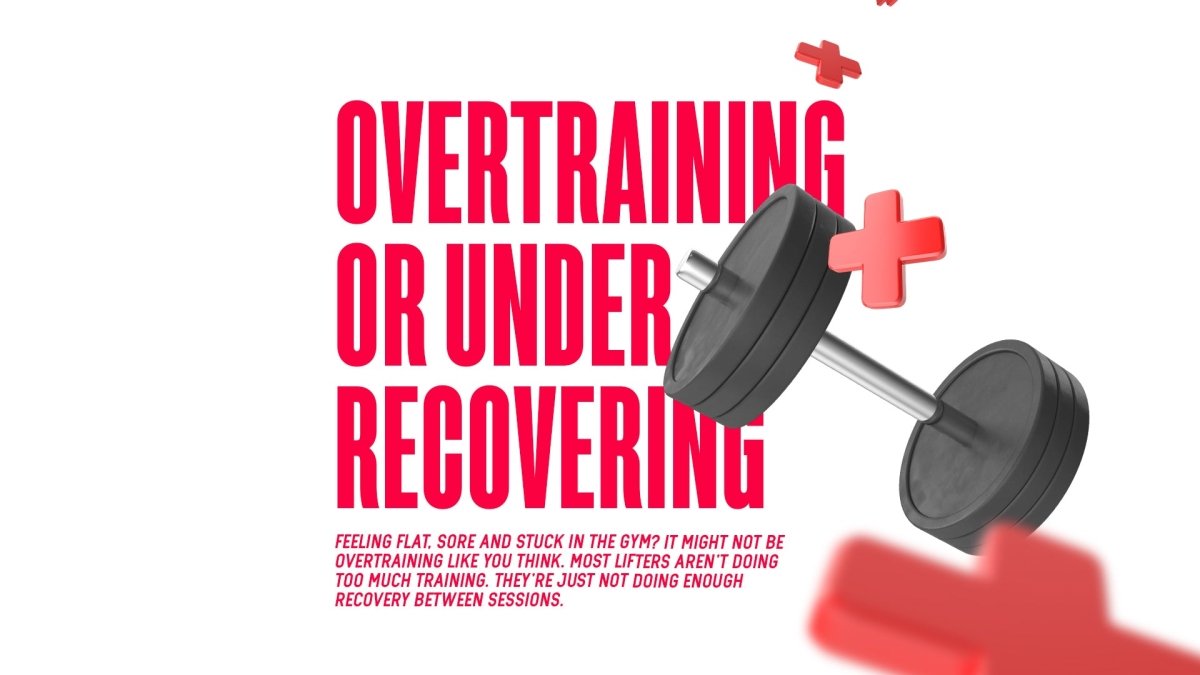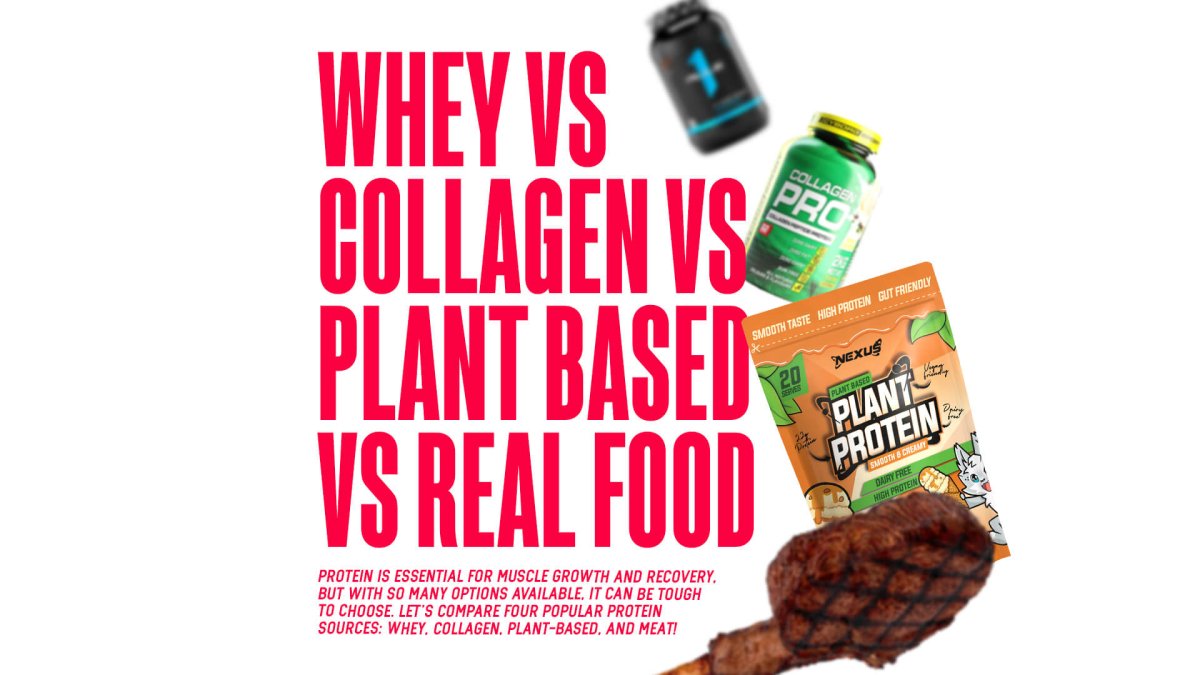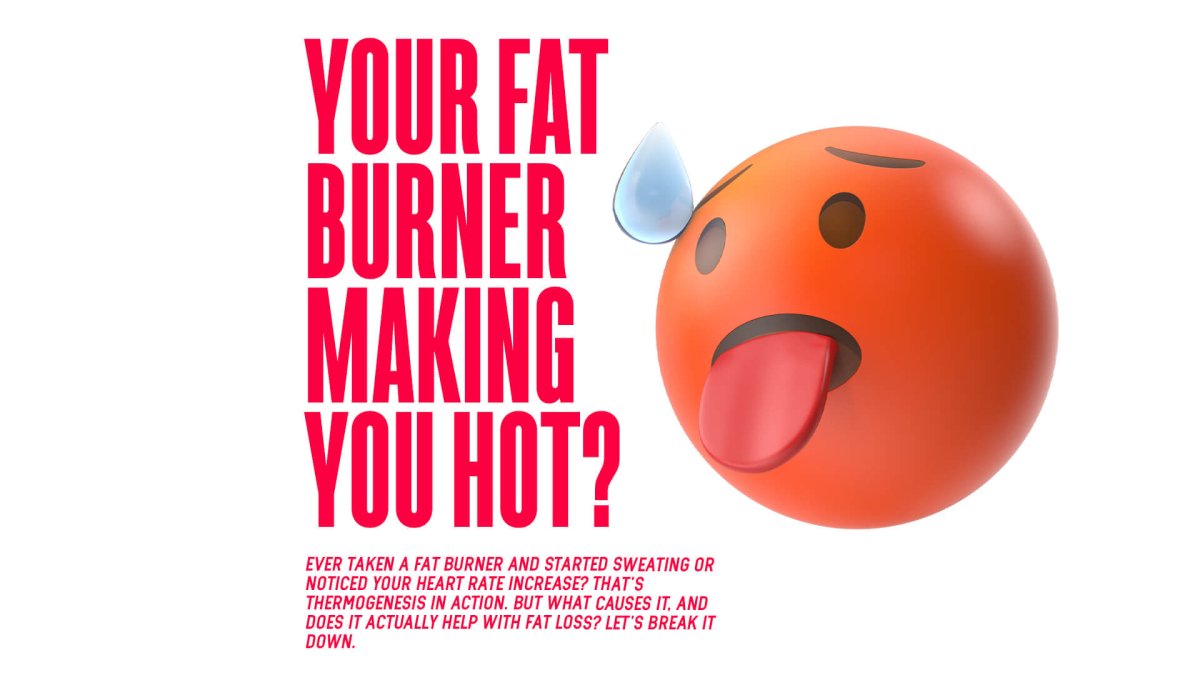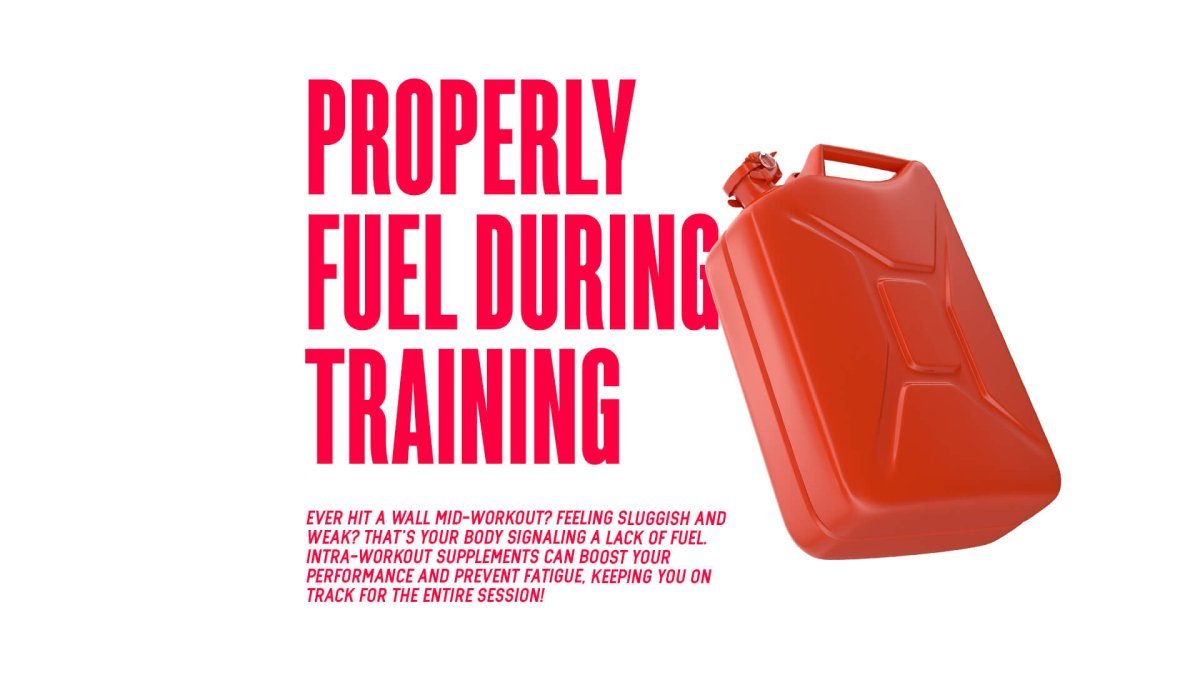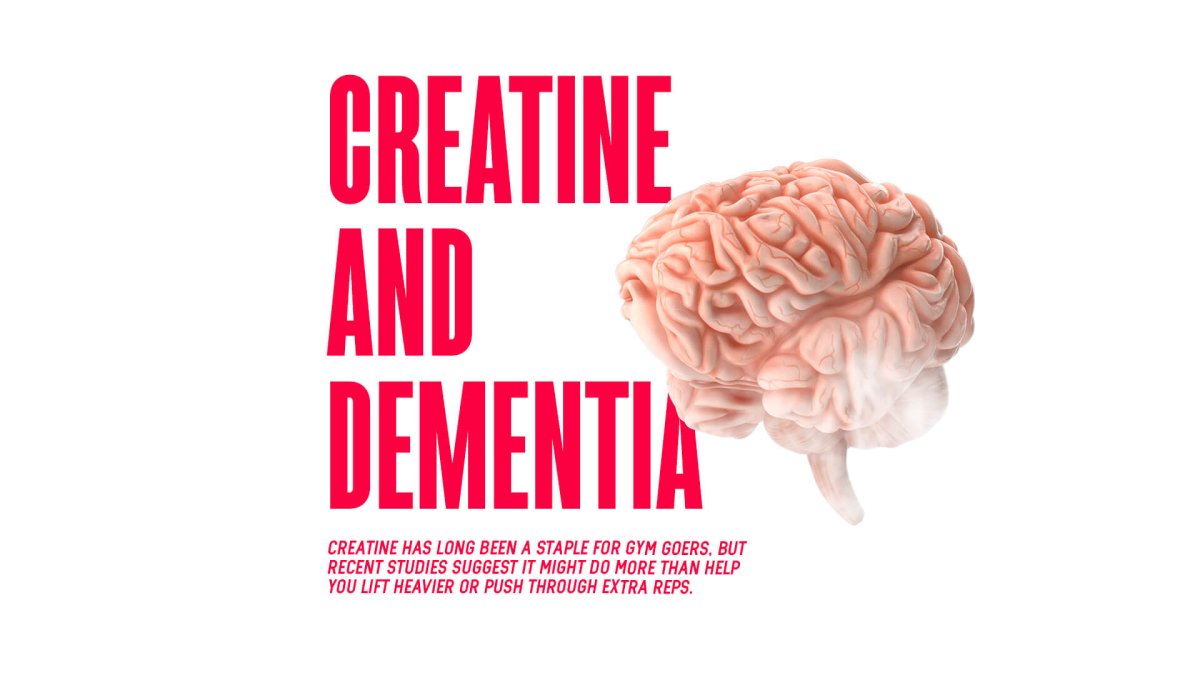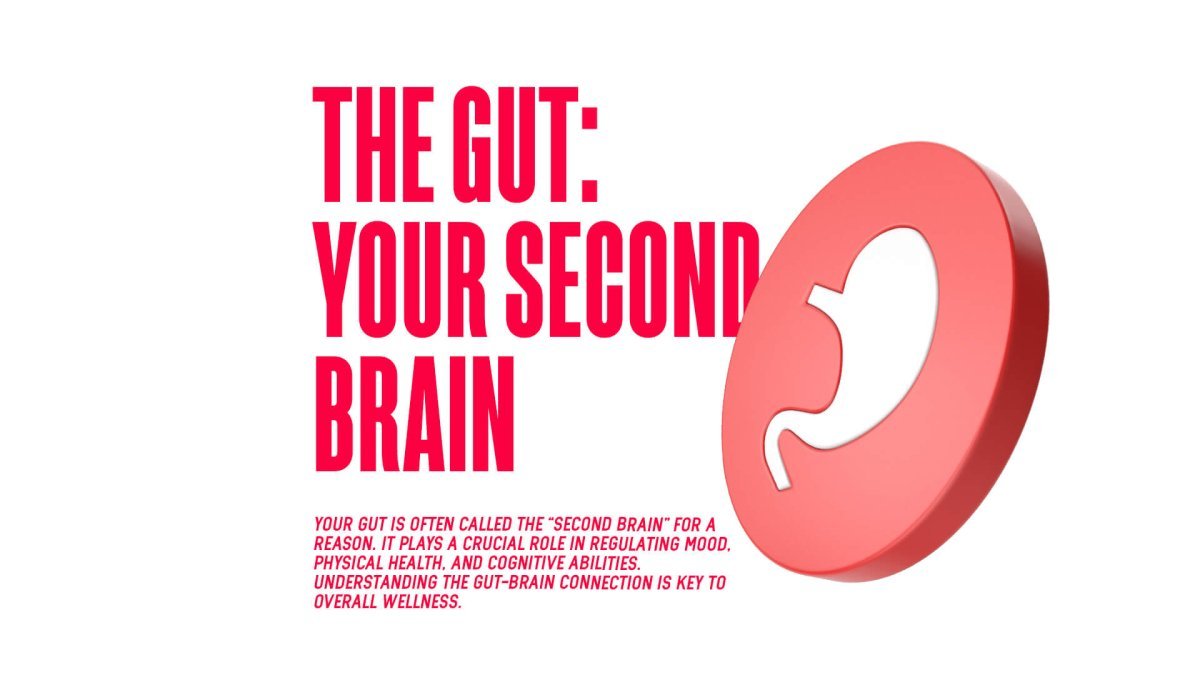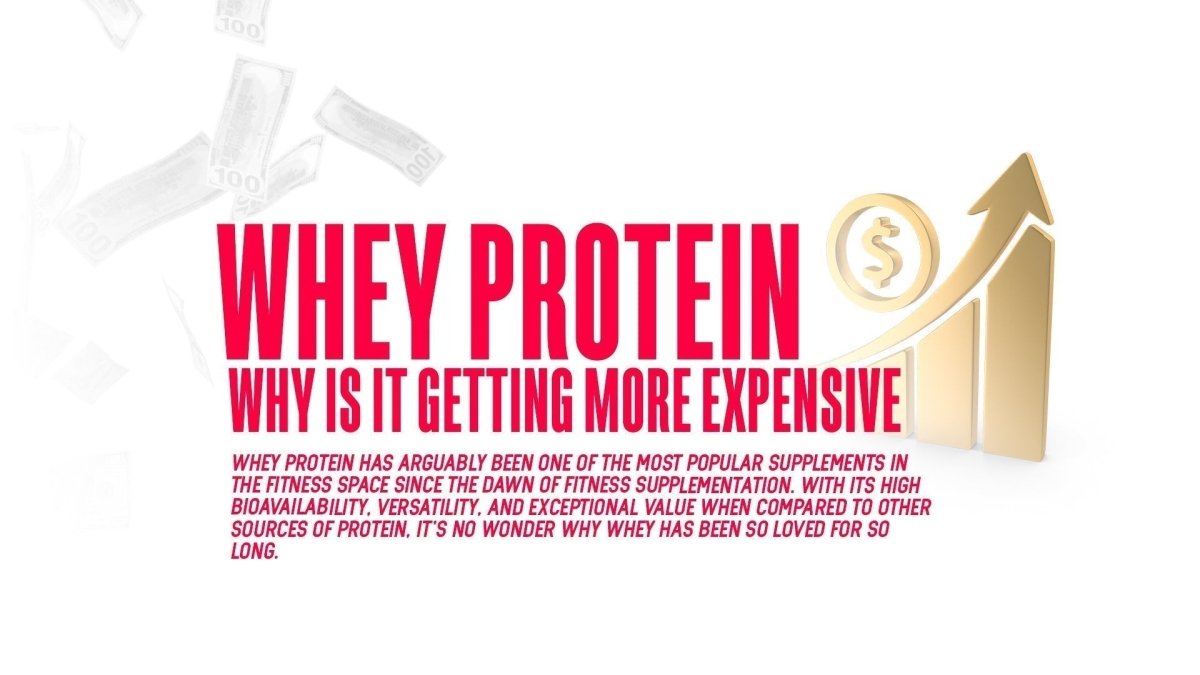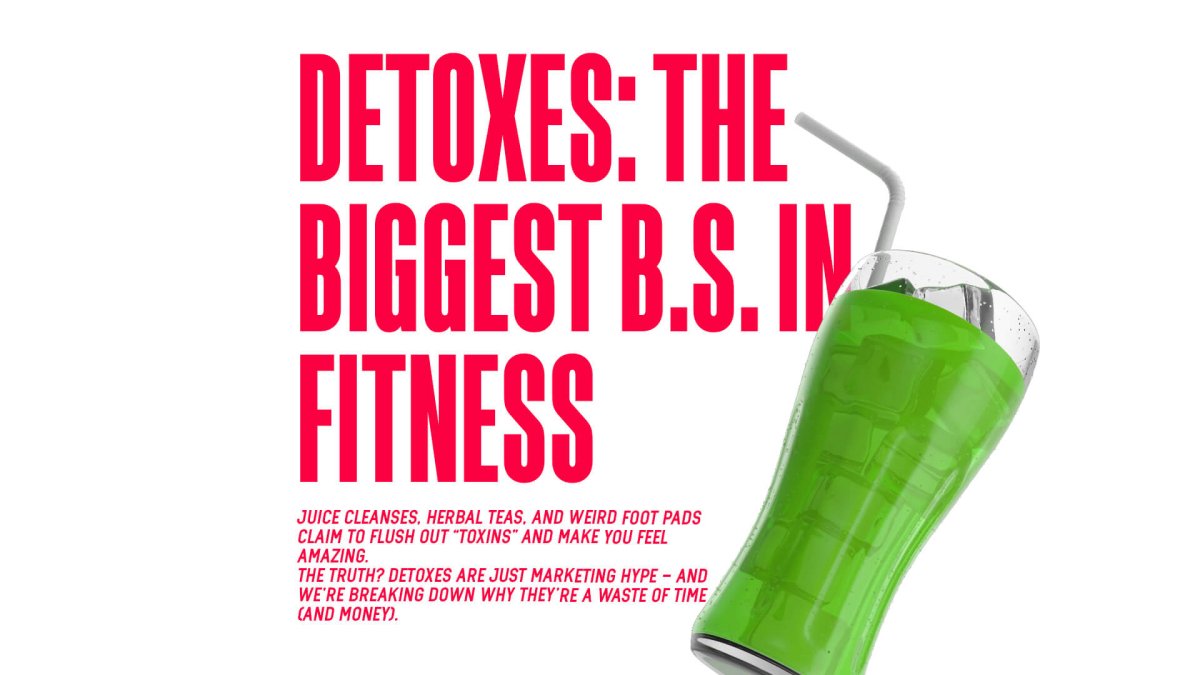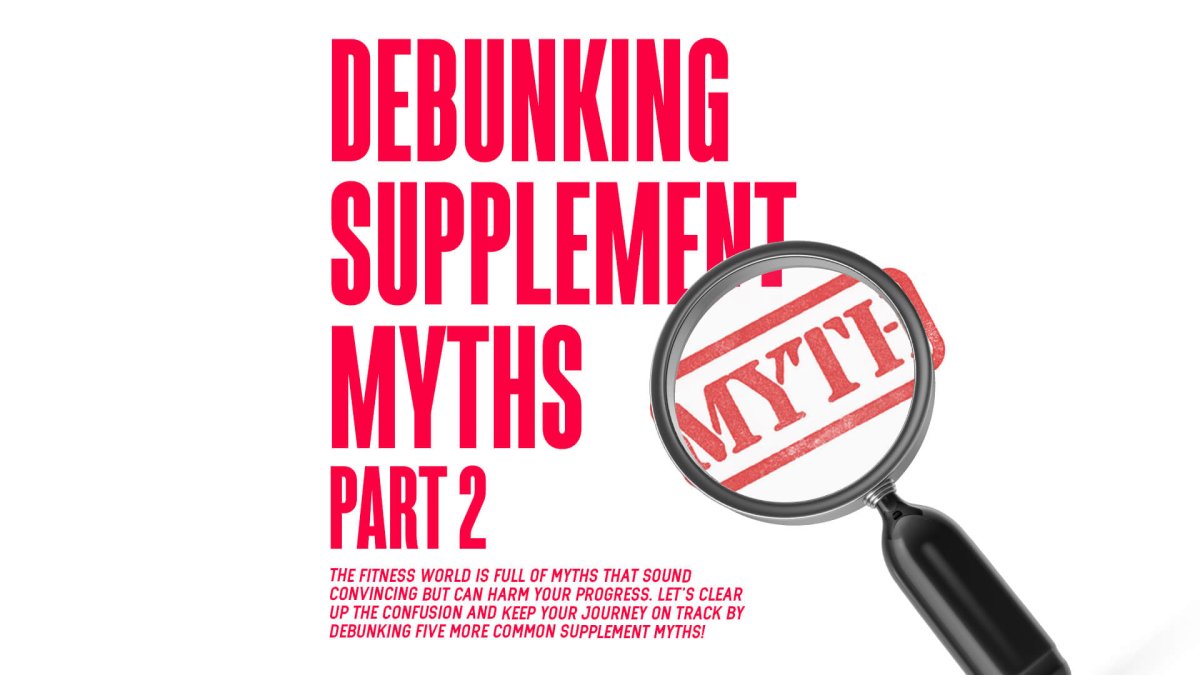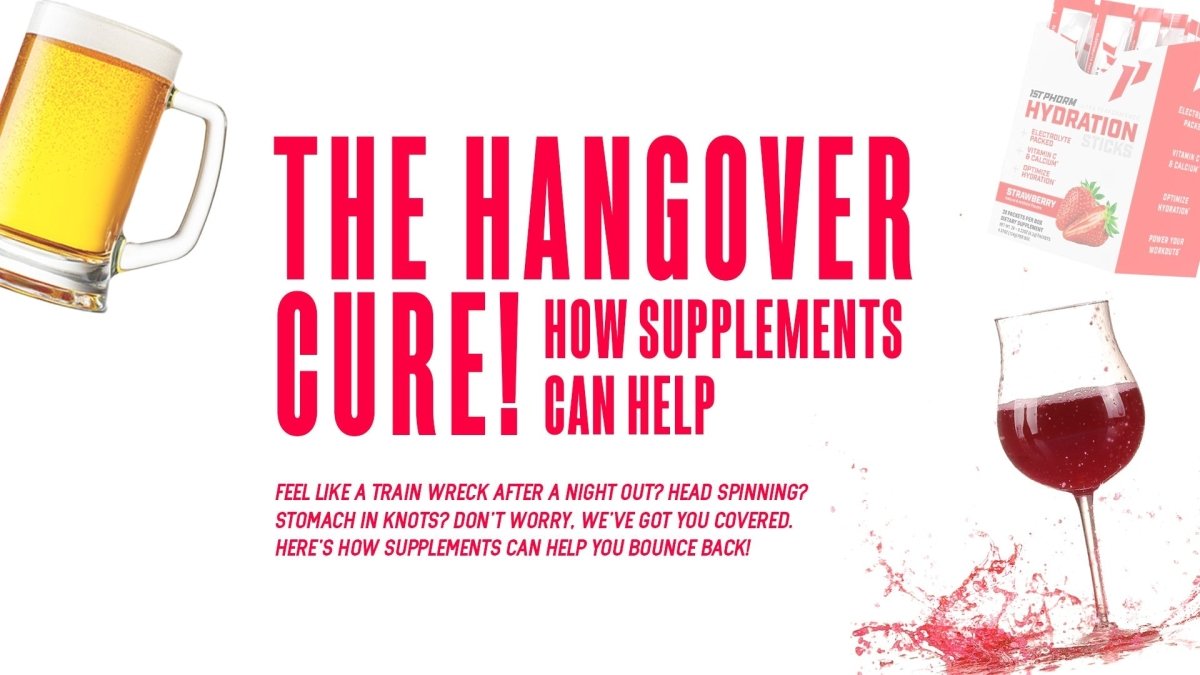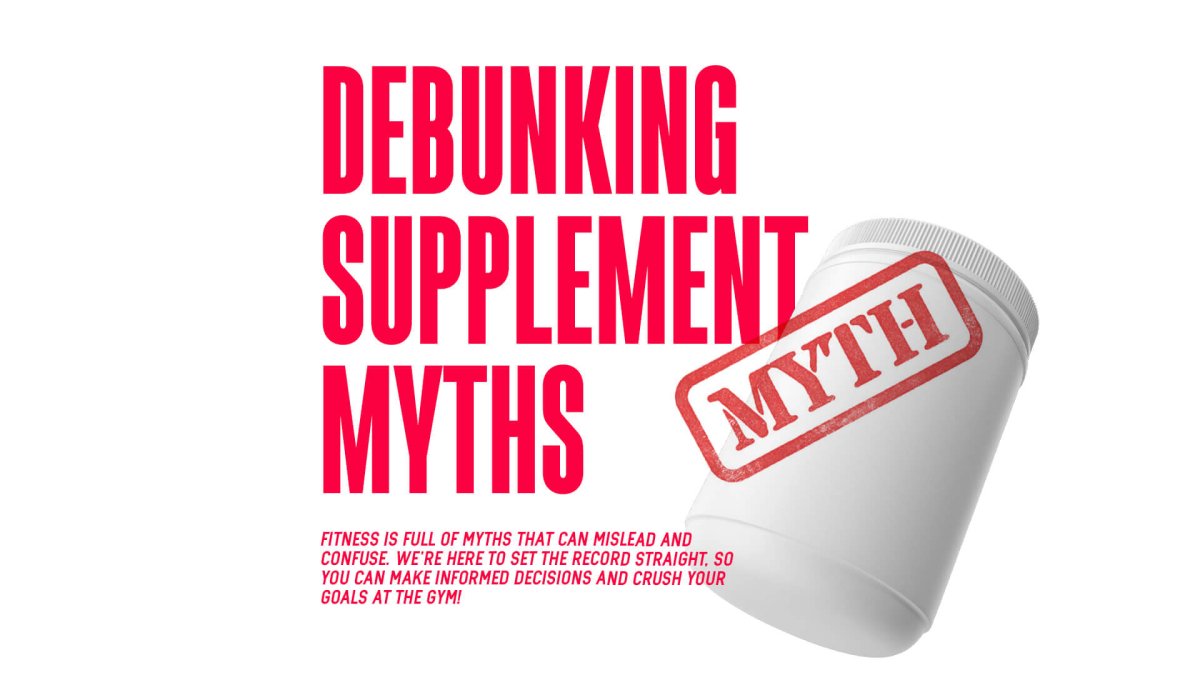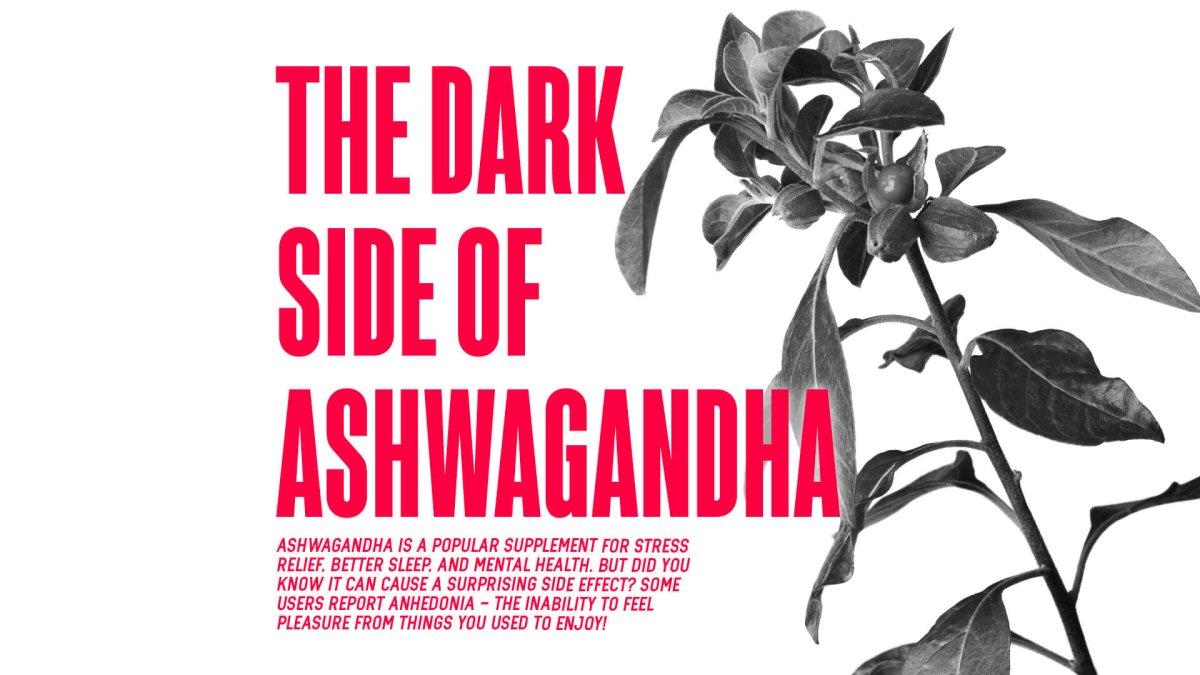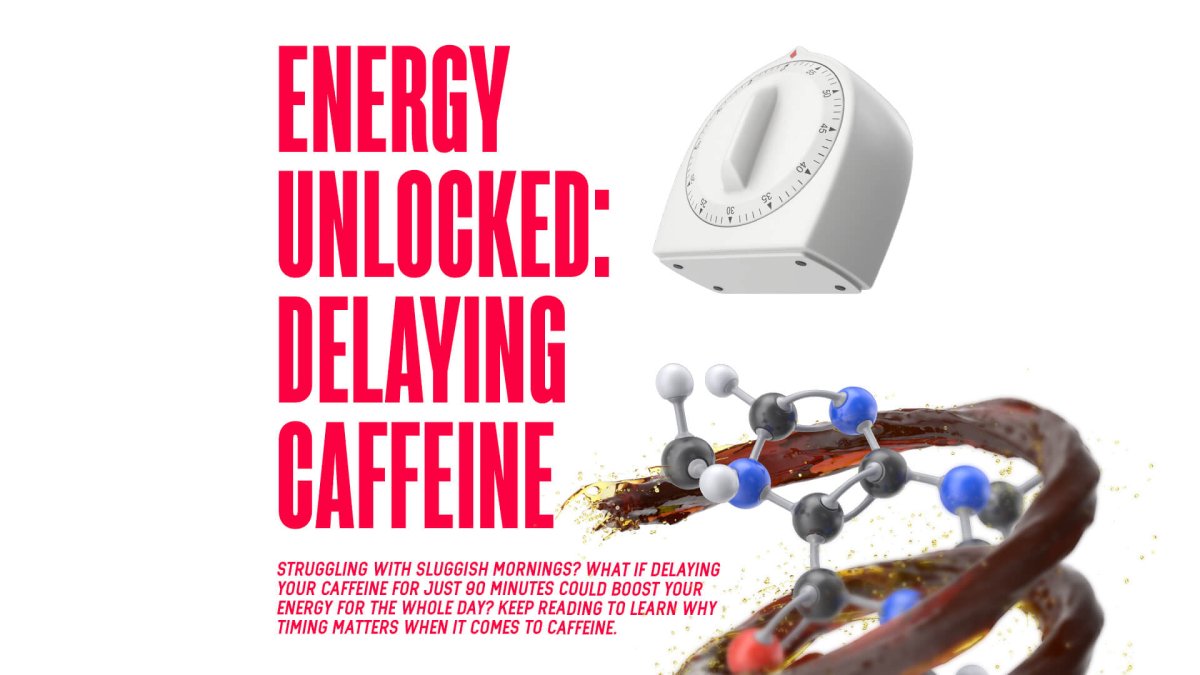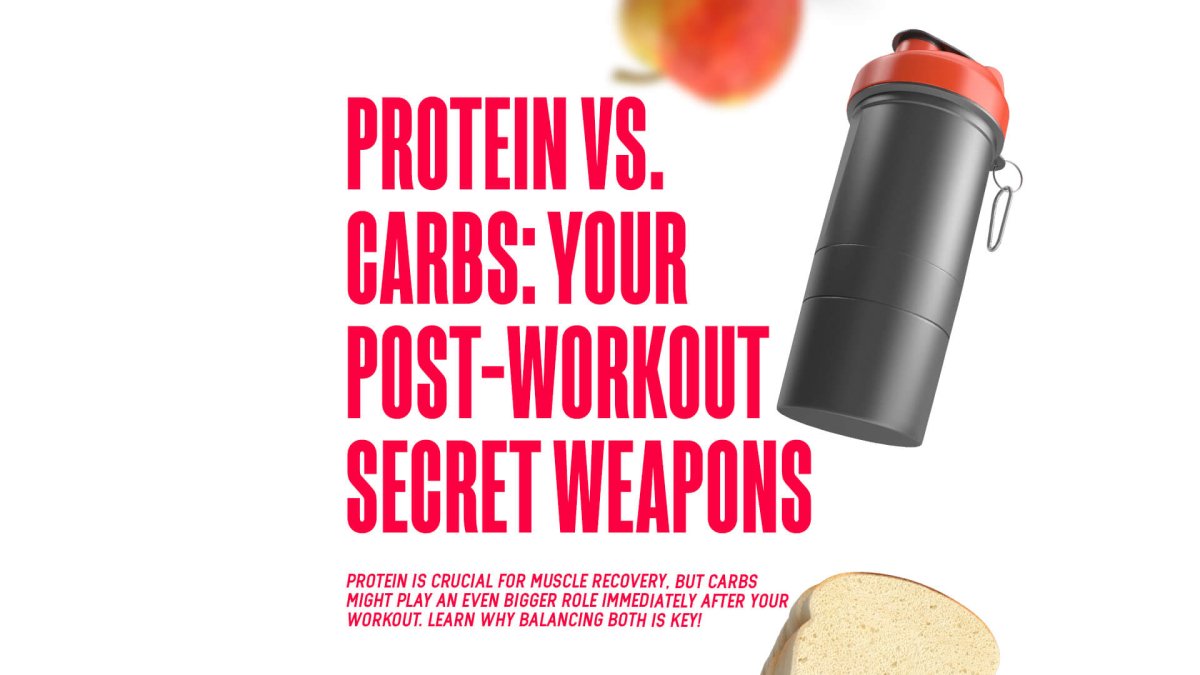Whether it be dieting or exercising, having even a baseline understanding of what calories are and how they make up certain foods, is essential to achieve long term success with your goals. But what is a calorie actually? How much of these calories make up the macronutrients present in our everyday lives?
Macronutrients & Calorie Density
Firstly, it’s common knowledge that there are three main macronutrients that the body ingests and uses the nutrients from to run on a day to day basis. These macros each have a very specific role to play in the body’s functions, and all have different caloric amounts;
-
Carbohydrates - 4 calories per 1g
-
These are the body's primary source of energy. When consumed, carbs are broken down into glucose, which is used by the body for fuel. Carbs also play a role in the storage of energy in the form of glycogen, which can be accessed during physical activity.
-
Fats - 9 calories per 1g
-
These are made up of fatty acids and glycerol that are essential for many vital functions. Fats help absorb fat-soluble vitamins (A, D, E, and K), support cell structure, and protect vital organs by providing cushioning. Additionally, fats are involved in hormone production and help regulate body temperature.
-
Proteins - 4 calories per 1g
-
These are made up of amino acids, which are the building blocks of the body. They play a crucial role in repairing and building skeletal tissue, skin, and organs. Proteins are also important for producing enzymes and hormones that regulate several bodily functions, including metabolism and immune response.
Foods found at the supermarket, made at home and bought out, are made up of these macronutrients, the macros you’re eating all have a caloric amount. Therefore, when you meal prep and have a high protein meal for example, it tends to be lower in calories because you may not cook the chicken with oil, or you’ll have extra vegetables instead of extra rice, you’re digesting macros with a better calorie to gram ratio and being more conscious of how the food is cooked.
Pretty Obvious Right?
Most of this information is readily available, and if you’ve progressed from being a novice in gym, you’d have an understanding of how those calories are burnt off in the same way. What’s important to remember though, is that a reminder can go a long way. If you’re struggling to lose weight for example, and you’ve prepared meals all week, not eaten out and stayed super strict on your diet, but you’ve stayed the same weight or maybe even gained, it may be because of the process you’re cooking your food in.
The Bottom Line
All in moderation and with balance is a very popular saying right now within lifting and dieting circles, it couldn’t be more true. At the end of the day, this information isn’t to ward yourself off of certain foods, but to become more aware of the processes and ways you can enhance your training and overall quality of life. There’s no need to remember how many calories a teaspoon of oil is or the grams of avocado on your toast, but be conscious of your goals whenever the opportunity comes.




